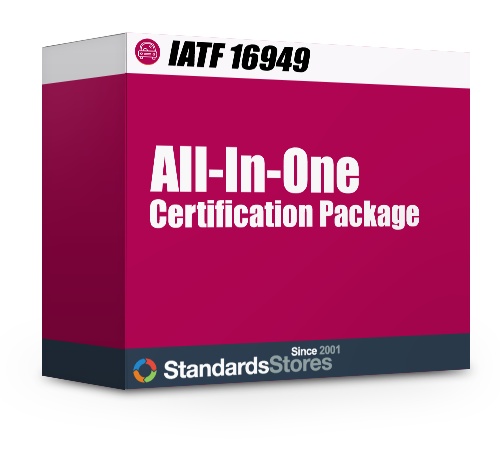Plan-Do-Check-Act Model

Employing Plan > Do > Check > Act (PDCA) cycles are one of the most established among quality control procedures. But they have been elevated and broadened under ISO 9000-2015 by:
- PDCA is a great model to use, and works across the board when your organization is implementing more than one standard, such as ISO 14001, environmental standard. It is discussed explicitly in the standard’s introduction, but implied throughout including sections such as:
- Planning (section 6)
- Resources (section 7)
- Performance Evaluation (section 9)
- Improvement (section 10)
- Making it a stated element of the risk management approach, PDCA replaces preventive action in previous standards.
- Moving continual improvement to a top management responsibility.
Here are PDCA’s basic concepts:
PLAN
Organizations are required to establish objectives and processes in order to achieve their expected results. When you make desired outcome the overall goal and focus, it requires that the completeness and accuracy of the specification is also part of the improvement.
When defining the objectives,
- Define: owner, customer, customer requirements
- Identify/Provide inputs, outputs, resources required, monitoring method & measurement method
DO
Implement the new processes.
CHECK
Monitor the new processes and compare the results to the expected results to analyze the difference
ACT
Use the results from the comparison to determine their cause. You must then either take corrective action, preventive action or improve the process. When the steps do not result in the need to improve, you should refine the scope in regards to PDCA is applied until there is a plan that involves improvements.
The Process Approach approach enables the organization to meet customer requirements and deliver continual improvement.
See ISO Document: Guidance on the Process Approach for Management Systems
Please note that certain text from the ISO 9001 standard is only used for instructional purposes. Standard Stores recognizes and respects the International Organization for Standardization (ISO) copyright and intellectual property guidelines.


